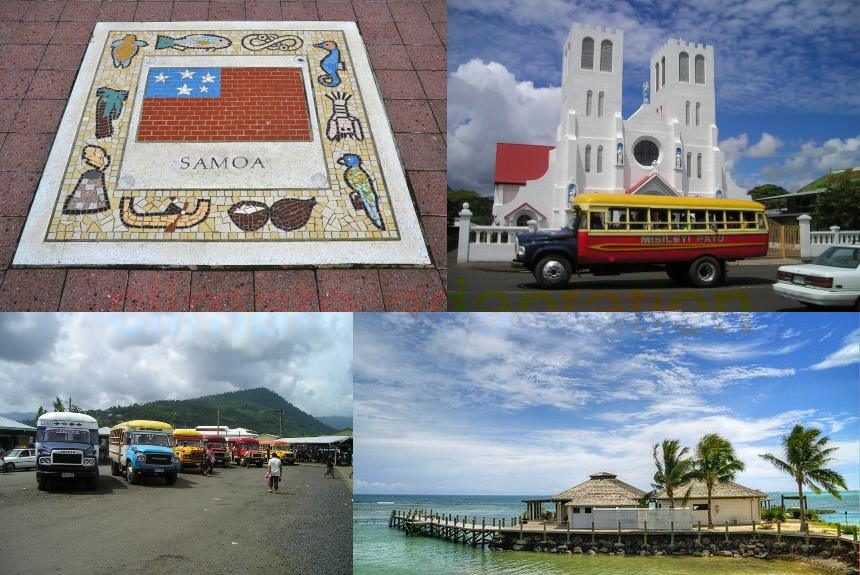The resilience of Samoan residents in the face of climate change effects is an example for other nations to follow, researchers from Otago University, New Zealand says.
The study examined Samoan grassroots ability and village expertise to adapt to climate change and found out that it is something valuable and would be costly to ignore.
Small island developing states (SIDS) like Samoa are facing the effects of rising temperatures, change in rainfall and wind patterns, and sea-level rise.
Studies so far on how these countries adapt to climate change are viewed from the Western lens or perspective, which is sometimes criticized as inapplicable to the local setting and can go against the social context of the community, the study says.
The study challenges the paradigm of resilience as a “return to equilibrium by using non-equilibrium, cultural-ecological lens”.
Using field-based research in eight Samoan villages, researchers have found that through continuous exposure to environmental changes over time, communities have grown their resilience and have learned adaptation methods to adapt to future changes in climate.
During the post-disaster recovery of Cyclones Ofa and Val in the 1990s, it has “brought opportunities for the communities to develop tighter social connections, new food supplies, and infrastructural development and, in some cases, village relocation” (Samoa climate change, 2019).
Samoans are benefitted from their close-knit village structure, using it as an advantage to ensure that everyone has a ‘voice’ in the decision-making process, share information, and support each other to do collective actions that build their resilience as a community. These community actions include “diversifying food and water sources, being geographically mobile, having more than one place to live, and developing mental and spiritual strength” (Samoa climate change, 2019).
The study says that in Samoa, climate change decisions occur at a national level where it is mainly designed and implemented by government workers and consultancy firms. “Officials need to listen to community expertise and develop a more nuanced understanding of each village’s key concern,” which can vary based on their geography, researchers of the study recommends.
When governments actively engage the community, costly seawall and coastal roads can be avoided unless this is what the community asks for. By supporting the local’s climate change adaptation initiatives, it can strengthen their resilience, social networks, and social memory, according to Prof Tony Binn, one of the study researchers (Samoa climate change, 2019).
The study shows that SIDS communities are not as helpless and vulnerable based on Western perceptions.
For many generations, people have been battling environmental extremes and have survived armed with the knowledge and skills passed on to them.
Community-based adaptation may not necessarily entail hard engineering structures but can tap on villager’s expertise in working with rather than against nature.
To read the entire study, CLICK on the link below:
Sources
Latai‐Niusulu, A., Binns, T., & Nel, E. (2019, October 11). Climate change and community resilience in Samoa. Singapore Journal of Tropical Geography. Retrieved from https://onlinelibrary.wiley.com/doi/abs/10.1111/sjtg.12299
Samoa climate change resilience challenges Western perceptions. (2019, November 21). The University of Otago. Retrieved from https://www.otago.ac.nz/news/news/otago725889.html



Leave a Reply